“I wish this lens had been in my bag back in my newspaper days” is the first thing I thought when learning of the newest Art prime, the 135mm F1.8 DG HSM | Art. This super-fast aperture tele prime is a big chunk of cutting edge lens technology that is nice and sharp wide open and even sharper stopped down just a touch. And after a visit to my local gourmet café and bakery, Conlin’s, for a test shoot, I’d gladly trade the zoom range of a 70-200mm F2.8 DG OS HSM | Sports for the middle of that range plus the extra stop and a third of light-gathering power for pretty much any restaurant photo assignment.

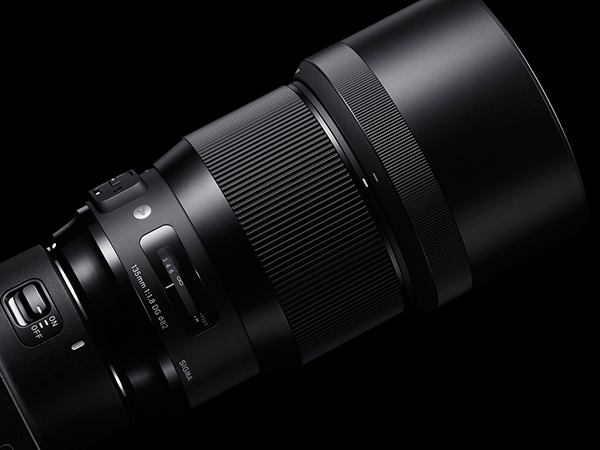
The telephoto focal length is perfect for capturing subjects at their tasks, from an inconspicuous working distance. And the three-zone focus limiter helps make the zippy autofocus even more responsive when you are concentrating on a known distance subject.
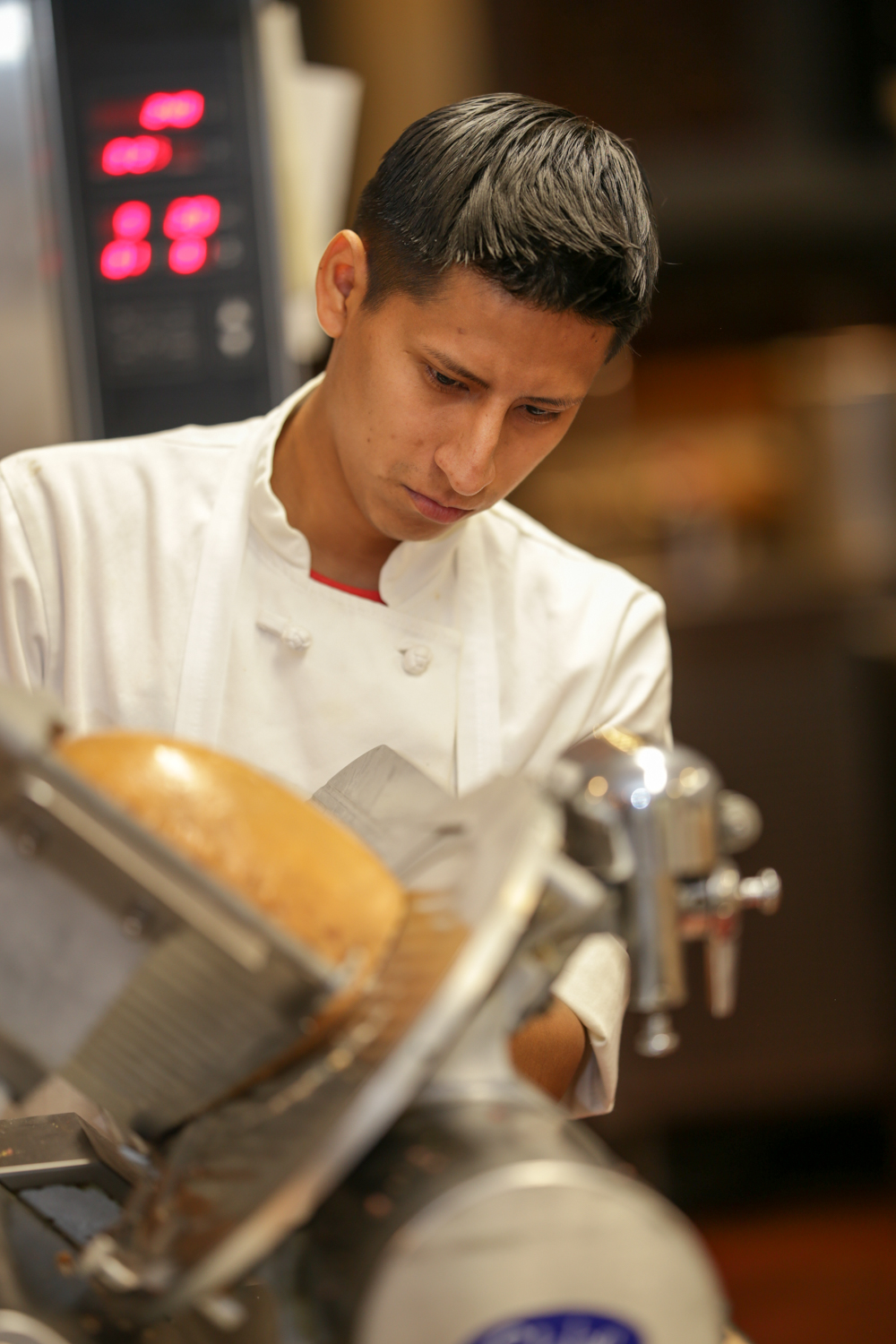
As you can imagine, wide aperture depth of field at closer focal distances is paper thin, perfect for guiding the viewer’s eye exactly where you have chosen to focus.
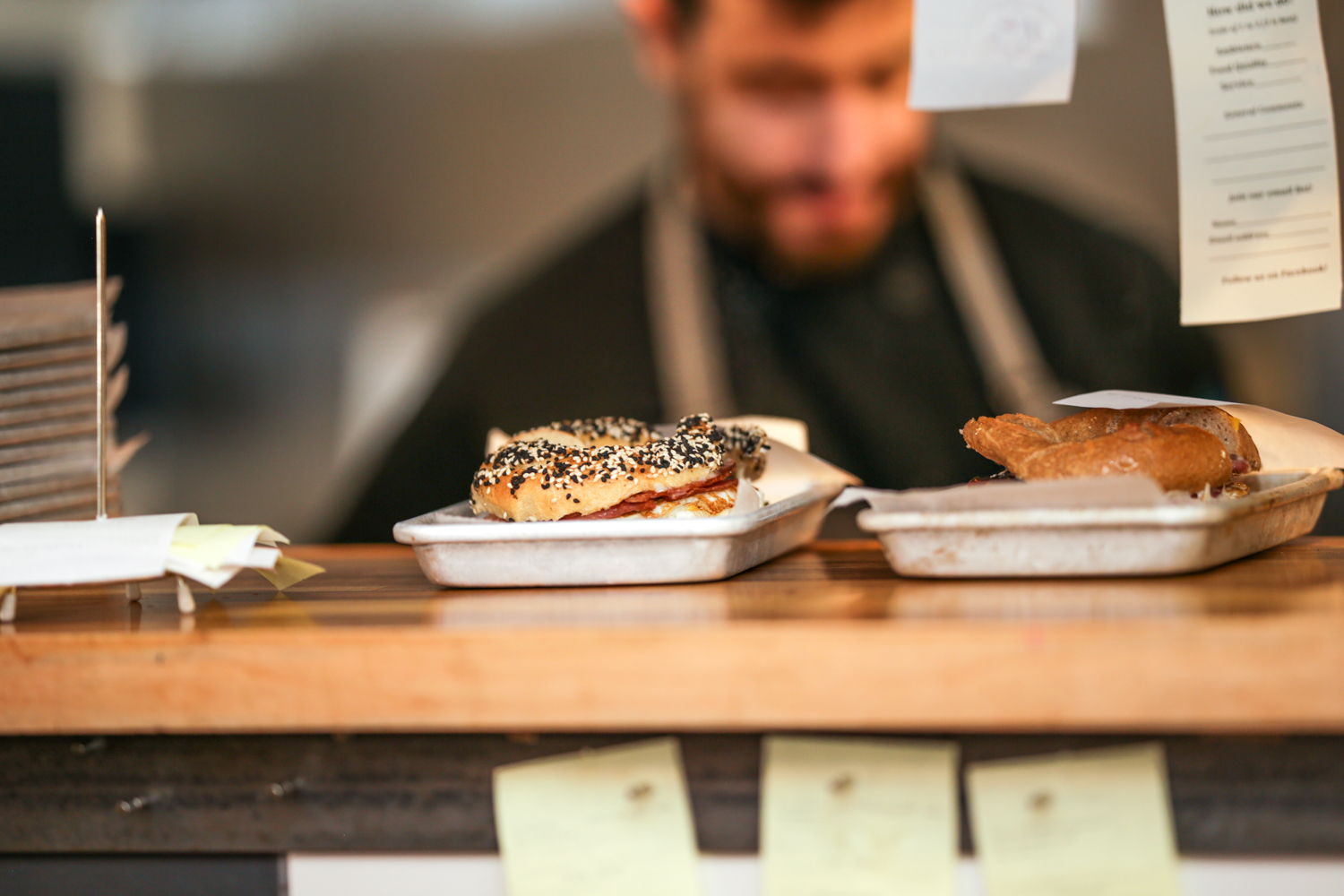
In the hands, It is a formidable lens (comparable in general weight and dimensions to the recently released 85mm F1.4 DG HSM | Art and 12-24mm F4 DG HSM | Art lenses), packing 13 elements in 10 groups (two FLD and two SLD elements are in the optical formula), with a 3.6 inch barrel that’s 4.5 inches long before adding the lens hood. And at just over two and a half pounds, there is a heft to it. The wide focus ring ring grip allows the lens to be cradled easily with the left hand ready for either autofocus or manual focus operation with the AF/MF and Focus limiter switches placed easily for a thumb-flick to adjust.

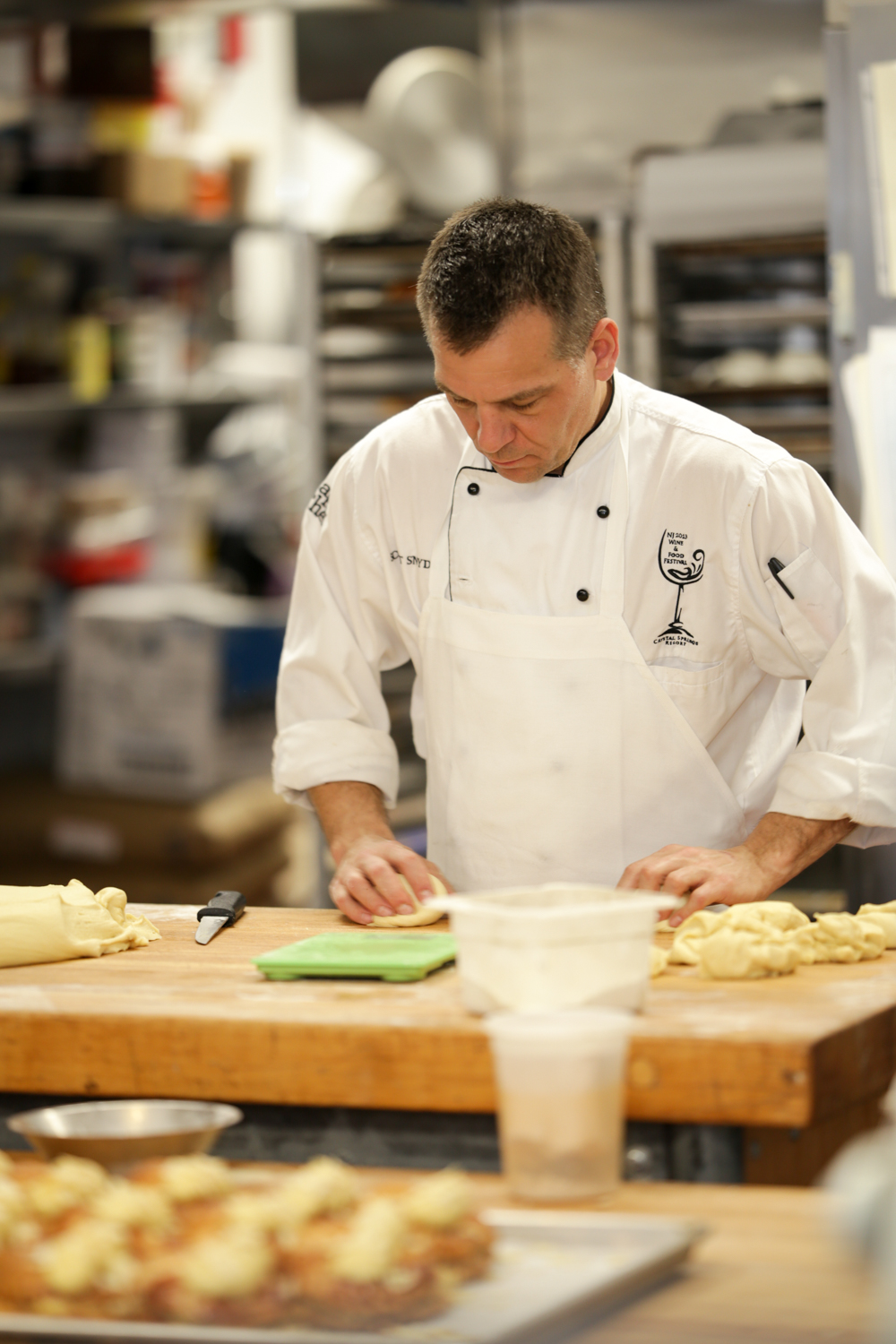
In indoor lighting (gray card metering showing about 1/60 F1.8 ISO 400), AF was very quick to the focus-lock beep in single AF, and swift in tracking in continuous AF mode paired with a Canon EOS 6D full-frame DSLR. I nailed most of my shots—but since I was hand-holding and tracking moving subjects at their tasks with a depth of field comparable to a few sheets of phyllo dough, some shots in certain series had a focus plane slightly different than where I’d planned.

With such slight margin for error, even an eighth of a second or less delay between a focus-confirmation beep and firing the shutter can make a big difference. A slight shift in position of either subject or photographer—even a deep breath, can change exactly what will be in focus. For example, on a full-frame camera, the depth of field is 1.44 inches, when focused at eight feet wide open at F1.8.
This isn’t a micro focus thing, this isn’t a lens design issue, this is how things work in the real world. Anyone who has ever stood on the Wii Fit balance board and thought they were standing “perfectly still” and then seen the involuntary motion mapped back to you can grasp what I’m saying here.
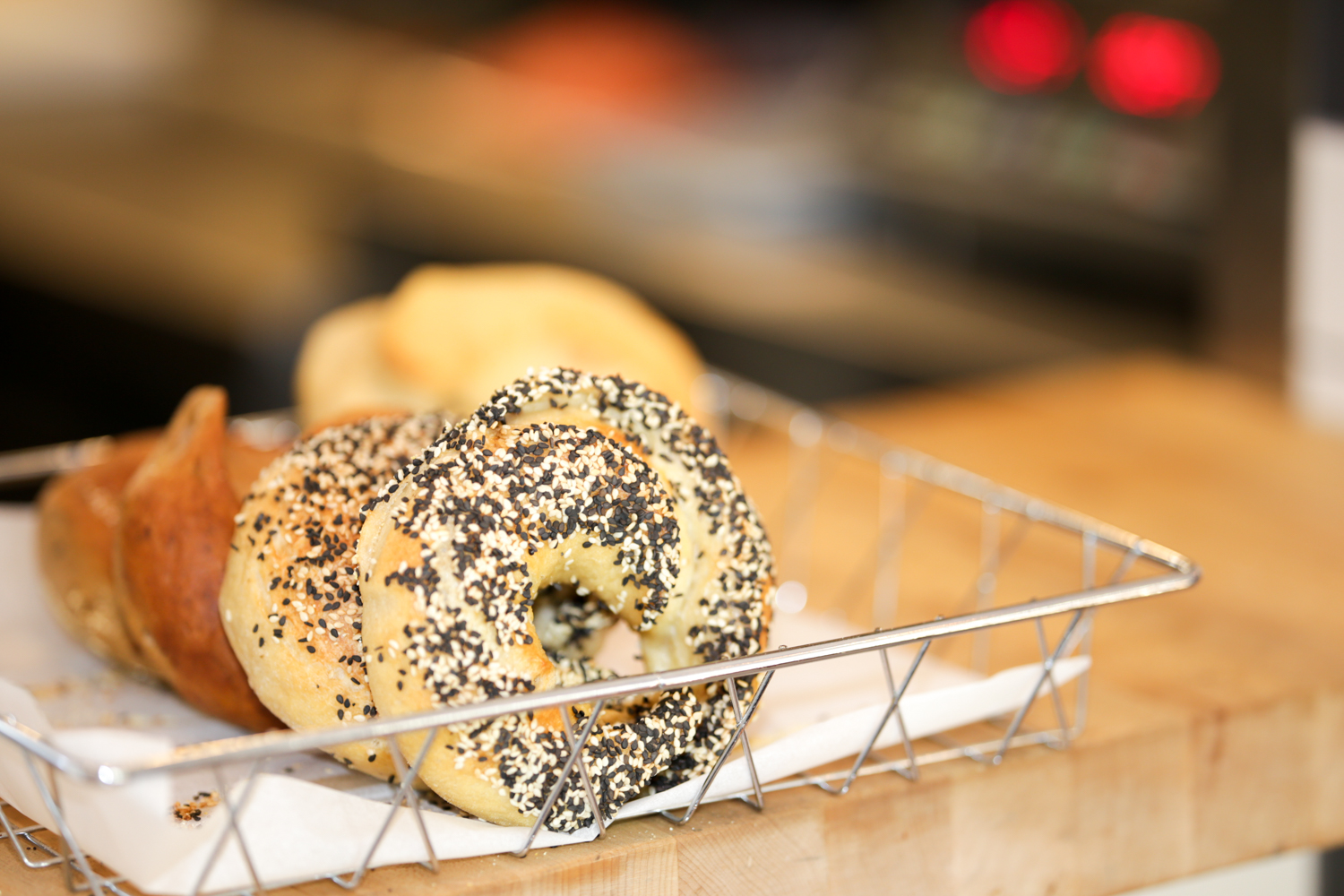
I have always loved that pinpoint focal plane feel, and this lens delivers—especially for food and restaurant work—as it draws the viewer’s eye into the frame exactly where you want, and then lets it drift to the sweetly softened ground elements rendered smooth as silk by the gorgeous bokeh the nine rounded aperture blades produce.
For photographers craving Art lens sharpness in a fast tele that delivers creamy bokeh—the SIGMA 135mm F1.8 DG HSM | Art lens is a recipe for success!
And a special thanks to the good folks at Conlin’s Cafe & Bakery in Somerville, NJ for allowing me to visit and test out the new lens! I highly recommend their gazpacho, the Pan Chocolat, and the Chicken Club Ciabatta.
Also: Check out the 135mm F1.8 DG HSM | Art lens on a Portrait Shoot!


Great pics
I so much would love to own this lens. I have the 50mm art and the 18-35mm art. Love them both but have problems with both of them. The 50art will not focus at anything over 3meters with consistency. Usually misses every time. The 18-35 is much better but at odd times back focuses very bad. It’ll nail some of the hardest of shots . Then when an easy task is needed totally back focuses a lot.
If this problem is solved with this len and the newer stuff I may get more Sigma lenses. I have the Nikon 70-200 f/2.8 e fl and a Tamron 15-30 VC. And the Sigma 18-35 is still the best preforming over all. I shoot the Nikon d500 and d810.
I can’t wait to own it!
I have the 24mm and 85mm Art lenses (that I use with the MC-11), but I think that the 135mm may be the best yet. I have an order in.
Many years ago my favorite (and sharpest lens) was the Leica 135mm 2.8 rangefinder lens. It was tough even with the viewfinder magnifier but the images were beautiful. I also had a Canon FD 135mm f2 that was a the same and now Sigma has a 135mm for a mirrorless. I have the 35mm f 1.4 Sigma Art and resisted the 85mm art, waiting for the 135mm. I have been using the Sony A7R zoom with the 35mm and still like the images at 4×35. The 135 will give me a 540mm telephoto in emergency, without scrambling into my bag.
I have the 85 ART an love it, this lens looks equally promising. My 85 delivers spectacular quality and nails the focus 99% of the time, but that missed 1% may be on me though.
OK. I have just received shipping conformation on the Sigma 135mm art from B&H.I will be receiving it on Friday the 7th of April.
I’m looking forward to providing all with my option on the new baby.
This will be my forth Sigma art lens.I’m selling all of my pro Nikon glass and going sigma.I stand corrected I have said in the past years the Nikon glass is the best.”Well I stand corrected.”Move over Canon & Nikon because there is a new kid in town and “THE NAME IS SIGMA”.
Just ordered mine from B&H can’t wait to try it tomorrow
I’m really ready also.One down side is Ive been tracking my shipment and it looks like I’ll have to wait until Monday.Even with B&H’s two day air I’m on the West cost so I’ll just have to wait.
Let us know if you get yours. I’m very interested in your opinion.
Please keep us informed on how it’s performance is for you. I’m sure better than any of the previous models. I’m definitely getting this and the 14 f/1.8 Art. I’m finding that I rarely use my (New) Nikkor 70-200 f/2.8 e fl vr. It just won’t give me the quality of pictures I need in the low light venues I’m shooting at the moment. I’m shooting strictly Sigma Art fast glass at the moment. I even bought the Tamron 15-30 f/2.8 because I needed ultrawide fast glass . The f/2.8 just ain’t cutting it at the moment. It will when I get to shooting better lit venues. Sigma is constantly coming out with the stuff I NEED that is why I own mostly Sigma. By the way I shoot live music mainly.
Well as the old saying goes.(SOME THINGS ARE WORTH THE WAIT). I also have learned the hard way,that nothing beats great glass.
In addition none of my sigma lenses have needed any adjustments. I have a USB dock and have only used it to do a soft wear up-date on the 150-600 sport model.
I have had autofocus problems on the 18-35 art and 50mm art. Sending the 50 back to Sigma. I had it working good for a bit then it messed up. But the 18-35 after a software update it is the best lens I own hands down. Better keeper rate with it on f/1.8 than the Nikkor 70-200 e at f/2.8. $2k difference in price. I’m still getting more Sigma Art glass anyway.
Wow, I just got my 135 Art lens today. The lens it self is a piece of ART WORK. In my opinion any way.
OK let’s get to the meat & potatoes.
I placed the 135 on one of my Nikon D-700 body’s. .Then went out side to do a little testing.Fire the camera up,point the lens and yes perfect focus on a verity of things. Yea!
Have any of you ever driven a car with a stick shift. Well guess what I learned to drive with a car that had stick shift and something called a (COUCH). This is very important. When you shift the lens to manual focus YOU WELL also need to CHANGE the switch on the camera body to Manuel focus. The first time I switched the lens to manual focus everything focused up perfect. Then A BIG surprise awaits you. When you change the lens back to AUTO FOCUS- NO AUTO FOCUS the lens just starts searching and wont focus up at all.
Then I remembered reading this happening to another Sigma lens owner.They said to turn camera power off and the remove the camera’s battery and the lens will reset it self back to perfect auto focus. OH happy day. and yes i love this baby.
I’ll down load some images from the new lens tomorrow.
Good morning , does anyone of you all have any problems with problems with focus on backlight with sigma 135mm f1 8 dg hsm art e-mount sony a7rIV? The reason is i bought this lens because the are a monster for blurred background and they are super sharp but i just thinking in sent them back due to the fact that every time i use ND filter the supersonic engine of the lens make a noise and also stop following the auto-focus and does not let you take pics ..i updated the version of the lenses to version 2.0( original 1.0) but still giving problems , I am the only one that experience this problem so far and no one seems to have problems the said great things of the lens but i think i got a lemon! does anyone have similar problems? Sigma 135mm/f 1.8 DG HSM ART?
Hey Hector , if you’d read my posts on this lens ( which I don’t own)
Backlight can make many and most lenses hunt . Especially if that back light is splashing onto the lens creating flare and ghosting . This wash on the lens messes with autofocus. Some lenses more than others and same for different camera bodies and af systems. Like I said about my Nikon 70-200 e fl vr . It’s supposed to be one of their all time best autofocusing lenses . Add just a little backlight and the lens hunts and misses . One of my worst lenses and my most expensive. When it’s hitting the images are sublime. My Sigma lenses have the best backlight hit rates of all my lenses. They are mostly Art Series and shot wide open or near that . I shoot stage lighting and low light bars where it’s some of the worst conditions you could ask for . The Sigmas are my most consistent and give me my most used photos for my clients.
Thanks so much for the reply it’s exactly what happened even with ND filter 5 stops , how to fix it if it’s something fixable?